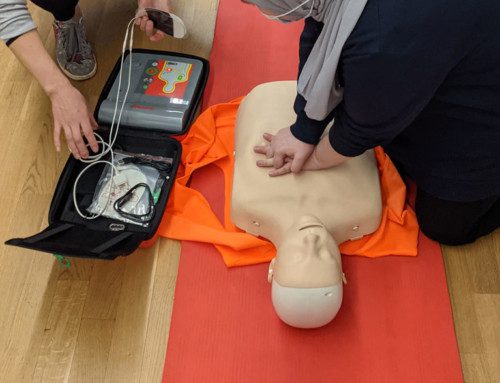Pelvic floor dysfunction (PFD) is a condition that often flies under the radar, especially among runners. Simply put, PFD pertains to irregularities in the functioning of the muscles supporting the pelvic organs. It can manifest in two primary ways:
- Underactive PFD: Characterized by muscle inactivity, lengthening, and weakness.
- Overactive PFD: A more elusive condition marked by muscle overactivity, shortening, and fatigue.
Each case of PFD is unique, with symptoms varying significantly. Often, individuals undergo multiple evaluations by different specialists over several years before receiving a diagnosis.
The repetitive impact from running, coupled with the subsequent rise in intra-abdominal pressure, subjects the pelvic floor to ongoing stress. As runners clock more miles, their muscles become increasingly prone to injury or imbalance. Some common symptoms reported by runners with PFD include:
Urinary Incontinence: Leakage of urine during activities like running, laughing, or sneezing.
Fecal Incontinence: Accidental stool leakage during runs.
Pelvic Pain: Pain that could be felt in the lower abdomen/spine, pelvis, or groin.
Pelvic Pressure: A sensation of downward, burdensome pressure.
Bladder/Bowel Issues: Challenges with complete bladder or bowel emptying or excessive activity.
Much of the existing research on PFD symptoms in athletes zeroes in on urinary incontinence, leaving other symptoms less explored. Overactive pelvic floors can result from either conscious actions influenced by lifestyle habits or jobs or involuntary factors like injury, trauma, or chronic pelvic conditions (such as endometriosis or vaginismus). Regardless of its origin, an overactive pelvic floor can severely impede daily life due to pain. Recognizing non-relaxing PFD is vital for swift diagnosis and treatment. Yet, there’s an urgent need for more studies to pinpoint modifiable risk factors and strategies for preventing this condition.
Runners experiencing any of the above symptoms should consider consulting a pelvic floor physical therapist. Such specialists can assess the pelvic floor’s strength and function, then devise a treatment plan tailored to alleviate symptoms. This plan typically melds exercises to strengthen and relax the pelvic floor muscles, educational insights, and relaxation or breathing techniques. Armed with the right intervention, runners diagnosed with pelvic floor dysfunction can continue to embrace their beloved sport, free from pain and discomfort.





